|
I usually begin each blog post with one of my better bird photos to get you hooked, click on the link and start "turning the pages." However, today I felt the best intro was to show you a new addition to an otherwise quiet Summerhaven; one of many new warning signs the county put up in late July. With the exception of the green island that is Summerhaven (the map looks like Italy on support hose), much of what we love in the Catalinas has been burned. Not a moonscape, rather most of what we see from the road is charring from ground fire, with tall green trees still in abundance, and some greening on the ground occurring even now. The forest will come back, it is just not ready for visitors yet. As of this writing, The Coronado National Forest is closed until November 1, 2020. The burned areas are not safe for hiking, and flash flooding is a real risk. During the month of July Summerhaven has been open only to residents, but is open to the public beginning Saturday August 1st. The delay was to allow time for crews to repair certain critical guard rail posts. This first phase was complete by Friday July 31st, with the second phase continuing into August while the road is open to traffic. So come on up! Stop for lunch at one of the many restaurants, and sample the fudge at the general store. What follows is a sampler of birds in the village after the fire, beginning when residents could return in early July. The regulars are still here, with more warblers taking advantage of insects in the understory and water in the creek. Here are a few. Red-faced WarblerRed-faced Warblers winter in the mountains of Mexico, and breed in southern Mexico, Arizona and New Mexico. We are very fortunate to have them in SE Arizona for the summer. They seem to like riparian areas around Sabino Creek and in Rose Canyon, where they forage in the conifers and understory and nest in the ground. We have seen more of them this year in Summerhaven, perhaps due to loss of habitat and food in Rose Canyon and other habitats after the fire. I hope Summerhaven's green island will attract and keep the populations thriving on Mt. Lemmon. The females look similar to the males, but are a more orangish-red. I believe all the birds we see here are males. All images here were captured relatively low in the understory near Sabino Creek on private land, not far from the water department. In the image below we see a male feeding off of insects on the understory. Note that the leaves have galls hanging from their underside, the plant's response to flies or wasps laying eggs in the plant tissue. As the eggs mature, they will likely produce more food for the birds. [Thanks to Jeff Babson for the botany lesson!] And, a final view of a male, striking an appealing pose. Black-throated Gray WarblerThe Black-throated Gray Warbler, as the name describes, is black and gray, with a black throat in the male and more muted throat markings for the female, with two characteristic yellow spots just above and in front of the eye on each side. These warblers breed in pine and mixed pine-oak forests west of the Rockies from SE Arizona into southern Canada. They winter in southern Mexico. Their song is described as a buzzy zeedle zeedle zeedle zeet-chee. They forage for insects and nest in trees, anywhere from 3 to 35 feet above ground. Like the Red-faced Warblers, I have seen more of them in Summerhaven this summer, in the pines and understory around Sabino Creek, again likely a result of the Bighorn Fire. Image above, a nice pose facing away, but looking back at the camera, showing off his/her yellow spot. Below, "here's looking at ya'" with both yellow spots in evidence. In the series of images below, a female is bathing in the creek, adjacent to Sabino Canyon Parkway. And, preening to take full advantage of the bath . . . . . Finally, clean and fluffy. Painted RedstartLike the Red-faced Warbler, the Painted Redstart is considered a specialty of the borderlands of the southwest. They are warblers who live year round in the mountains of central Mexico, but travel north into SE Arizona and western New Mexico to breed. They favor mountainous riparian areas making Sabino Creek and Rose Canyon a perfect match. As with our other two species in this post, the Bighorn Fire has displaced them from favored habitats, bringing more of them into the Summerhaven area. The bird above was photographed in Summerhaven close to the creek. Painted Redstarts are striking birds with bright red breasts, black and white wings, and a distinctive half eye ring. They forage by flashing their white wing patches and outer tail feathers, flushing out insects which they then pursue and capture. This summer we have had two juveniles hanging out at our feeders, not far from the creek, but definitely out of their usual foraging neighborhood. The bird shown below has minimal red in the breast, characteristic wing markings and a developing half eye-ring. He seems to think he is a feeder bird, maybe a hummer, as he explores the nectar feeder. The bird below is developing a red breast, but also wonders if a seed block is right for lunch. He tried pecking at it several times, but was quickly scared off by a possessive Pine Siskin. The juvenile below landed on our railing and deck, and almost flew into the cabin. Here we see a sequence of observation and hopping about as he sizes up the world around him. In the images below we see an adult in typical foraging behavior flashing the wings and tail. The final image below shows full wing and tail deployment as he hopes to scare up some bugs. Abert's SquirrelWe looked at some adult Abert's Squirrels in my October 2019 post, see this link. Here are two juveniles on July 22nd, tussling with each other about 20 feet off of the ground. Abert's are small tree squirrels that live from the Rocky Mountains south into Mexico, with a population living year round here on Mt. Lemmon. They like cool and dry ponderosa pine forests, where they feed on the seeds and pinecones. They are excellent climbers and can hold onto a tree with their hind feet, freeing up their fore feet for eating. Here we can see juveniles practicing their tree skills. Their feet are evident in these images. Holding onto the tree sideways is not a problem for these fellas. Adults can hang upside down from their hind feet alone. These offspring likely were born here in Summerhaven, and are not migrants from the fire. That's all for now. Soon we will start seeing birds stopping over in the village on their way south. We are already seeing Rufous Hummingbirds at the feeders, on their way to Mexico from the Pacific Northwest and Canada. Stay tuned! Happy trails!
7 Comments
Terry Pilon
8/1/2020 04:54:16 pm
Thanks so much for this post. It was heartbreaking to see the extent of the fire. So thankful your home is ok. Terry and Vern
Reply
Donna Pierce
8/1/2020 05:18:25 pm
Henry, thank you for these uplifting photos and dialogue. It was heart wrenching seeing the fire ravage the mountain. You all were never far from our thoughts. Thankful that they were able to protect Summerhaven and much of the wildlife had places to go.
Reply
Karen Manos
8/1/2020 07:32:34 pm
Loved your pictures and writings I've read today. Wonderful pictures.
Reply
Charlotte Cordes
8/2/2020 05:07:58 am
Wonderful pics and notes!! Please add me to your list of followers. We have a (the) cabin on Butterfly Trail.
Reply
Linda Currin
8/2/2020 08:09:56 am
Wonderful as always! I had never seen the Painted Redstart before, and now they are enjoying my cabin too! And the hummers are crazy this year, early Rufus being so aggressive. Thanks for all of your fabulous photos.
Reply
Ortrud Schuh
8/2/2020 11:14:25 am
I love your photos and your insightful explanations.
Reply
Laura Mance
8/2/2020 03:11:12 pm
Wonderful photos Henry! I wish we had your talent with us a few minutes ago. Visited friends off Guthrie. Their cabin is surrounded by locust trees and their 3 feeders are nourishing hundreds of hummers. Saw one with iridescent orange coloring over most of it. Like a Rufus only more so.
Reply
Leave a Reply. |
AuthorHenry Johnson, photographer and author of this site. For more detail, see About
Categories
All
Archives
July 2024
|






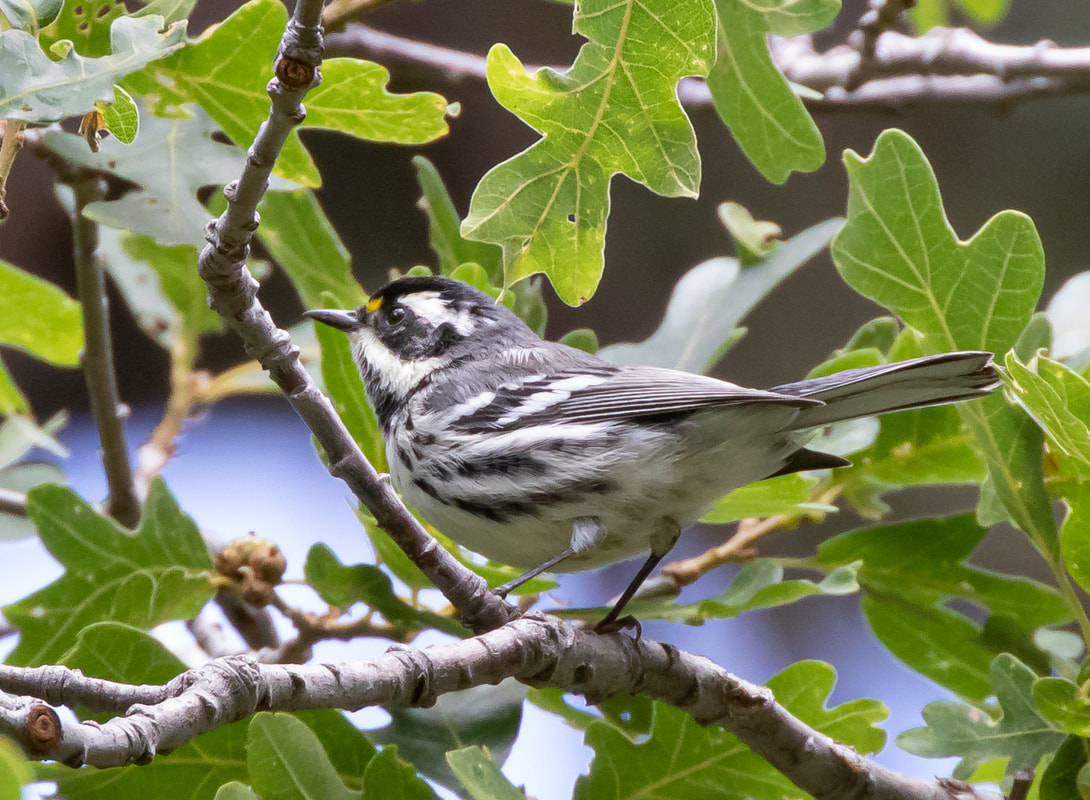
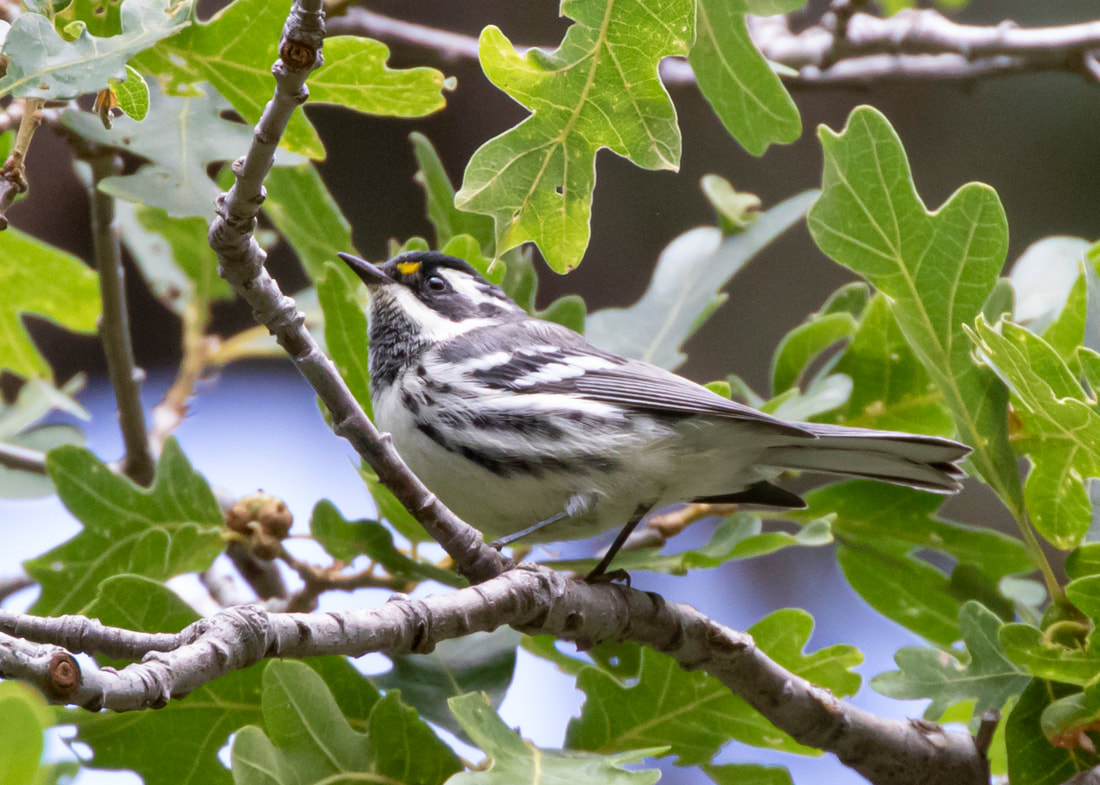




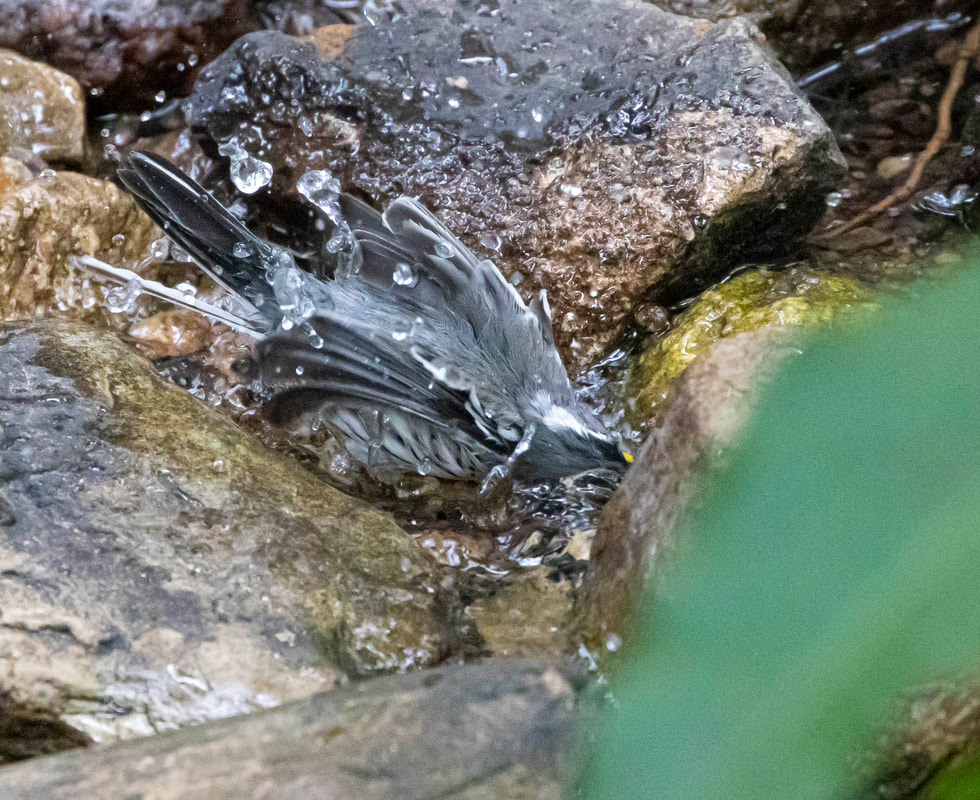




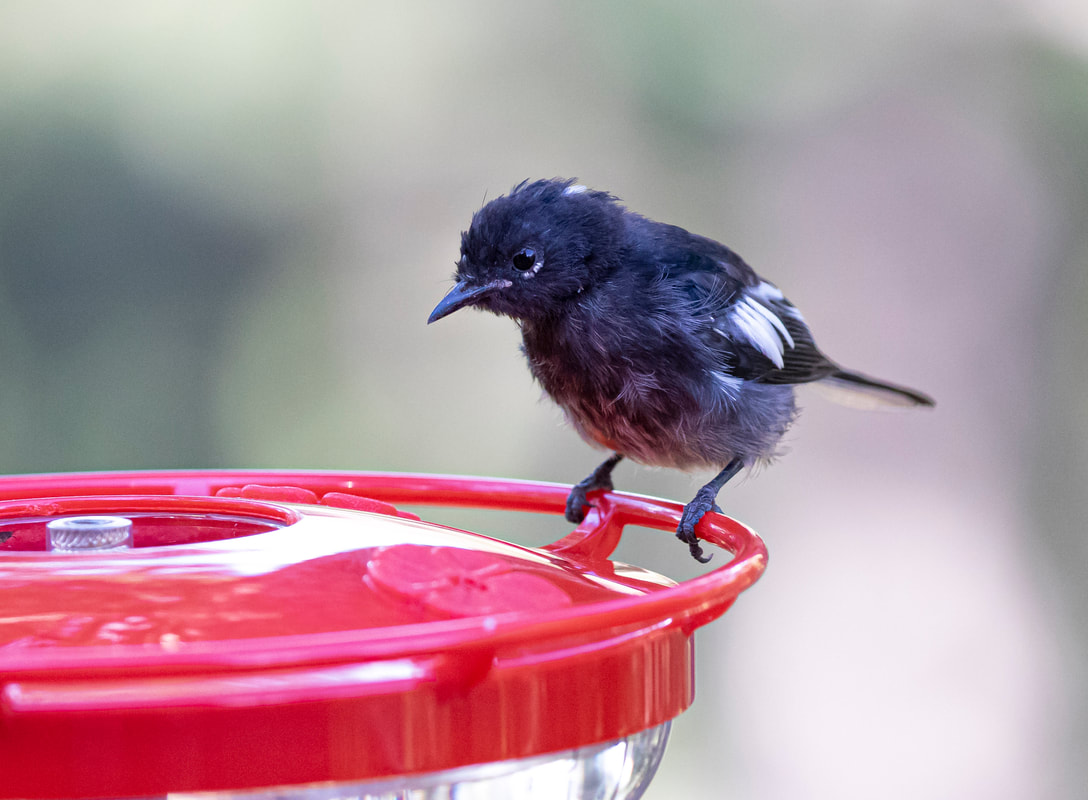





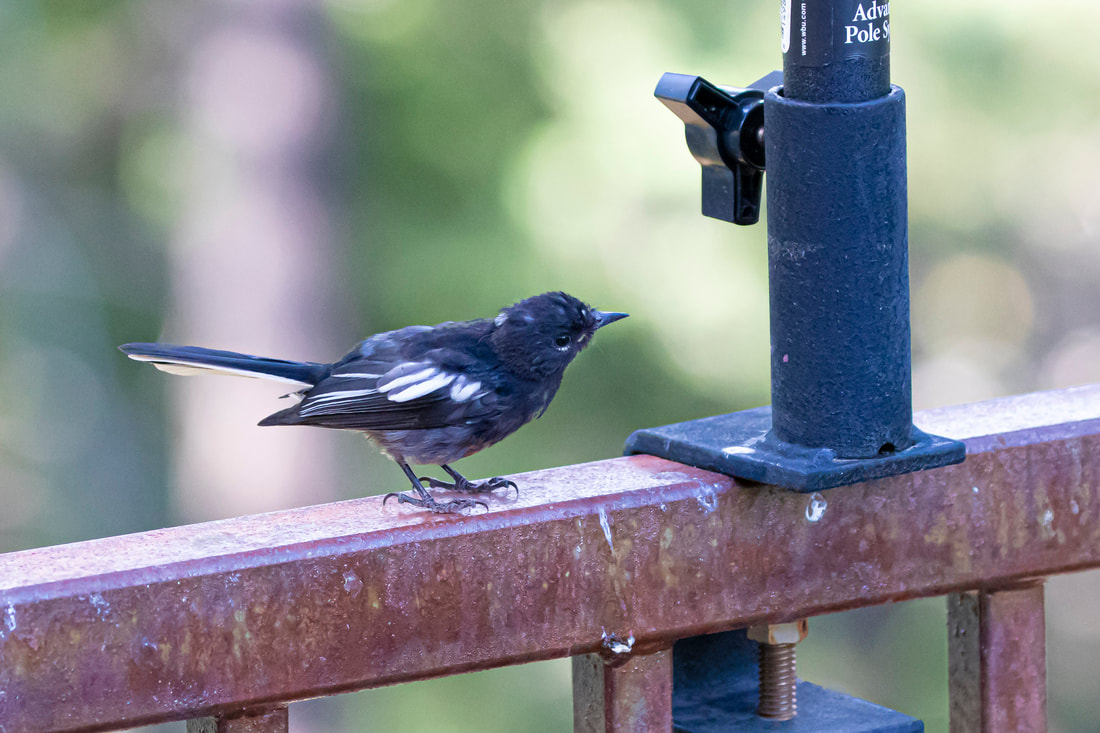









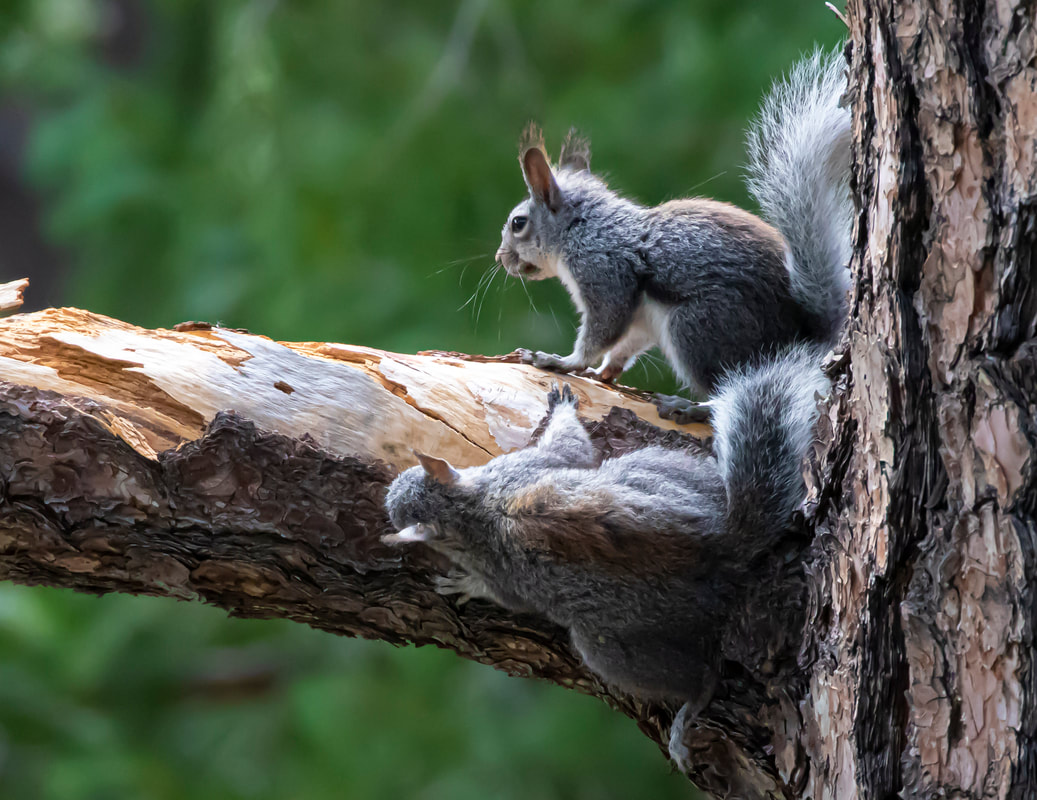
 RSS Feed
RSS Feed